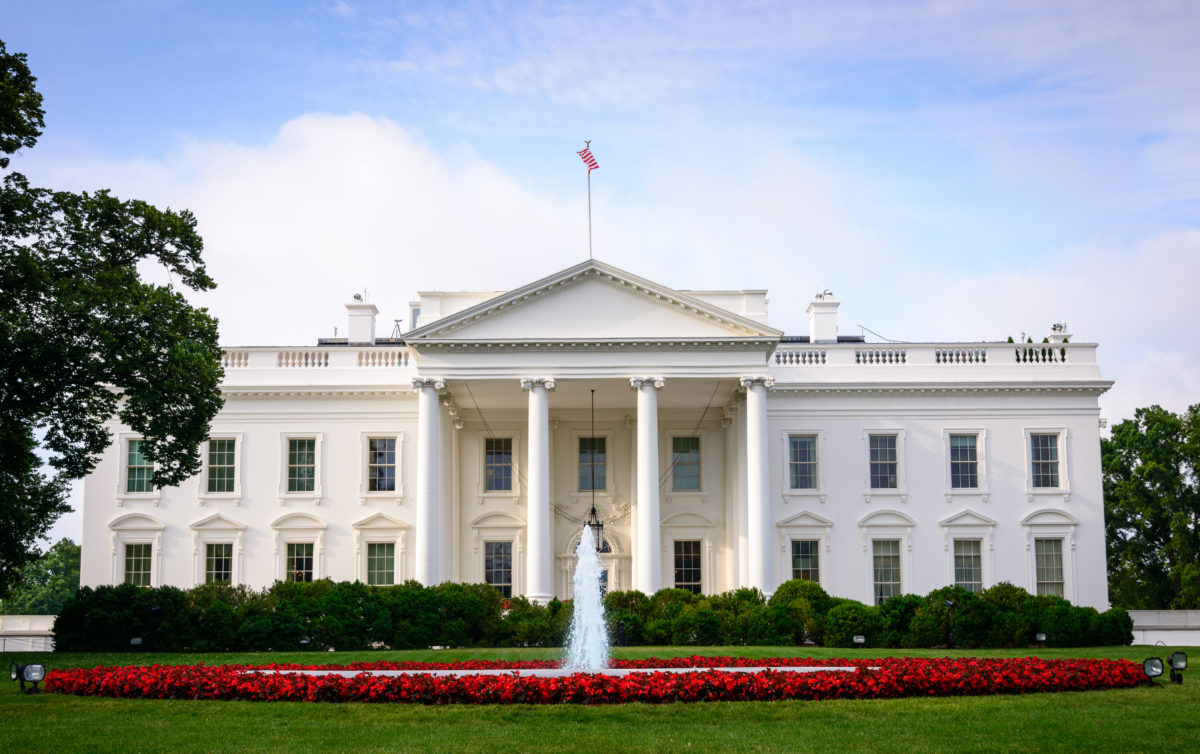


More Money Can’t Solve the K-12 Education Crisis

President Trump Issues Executive Order Expanding Educational Opportunity

The Great Kindergarten Recession

Budget Cuts Will Lead to Educational Regression
I was not that shocked when I read the news that Washington State’s elected leaders in both the Senate and the House are attempting to cut funding to charter schools. It’s par for the course with many of our state leaders, who have an open hostility to these schools whose success is based on their ability to escape excessive state control. What is more surprising is that the Democrat-run House and Senate are willing to stir up a storm in poor communities. In most cases, charter schools are created in neighborhoods where the schools are failing or under-performing. In Washington, by 2020 we will have 14 active public charter schools that serve nearly 4,000 students. Liv Finne, Director of Center Read More ›

Lucidity is Lacking
As reported on IdahoEdNews, the Bonneville School District pushed out an emergency levy worth $2 million. The issue with this emergency levy is that it does not require voter approval. The levy falls on the taxpayers’ property, and yet they have no say in the matter. Transparency is described as something that can be seen through. When it comes to transparency in government, we mean that citizens must be able to “see through” its mechanisms, to understand exactly what goes on when public officials manage public business. A government or government officials that are not transparent are more prone to corruption because there is no public oversight of their decisions. The spokeswoman of D93 Citizens, a group outspoken on this Read More ›

Sometimes You Don’t Get what You Pay For
A scan of the National Assessment of Educational Progress (NAEP), “the nations report card,” makes it clear that revenues have increased significantly from 1996 to 2016 (the most recent data compiled). However, has that changed the overall outcomes for our children’s education? The data suggest it has not. According to The Hill, “Six of the top 10 states that improved their average test scores on the NAEP the most were among the 11 states with the smallest funding growth.” As our program chair, Don Nielsen, writes in his book Every School, “Spending has grown at ten times the rate of enrollment. Thus, we are now spending almost three times more per child, in inflation-adjusted dollars, to educate our children than in 1970. Most Read More ›

Real Solutions, Not Cash Infusions
As Max C. Eden aptly states (National Review, July 30, 2019) when it comes to education, “money matters, but not if it’s simply tossed into a dysfunctional district.” He cites a recent Johns Hopkins University study regarding the dreary conditions of public schools in Providence, R.I, despite the fact that Providence spends $17,192 per pupil every year. Spending has increased significantly for the American public education system—to almost three times more per child, in inflation-adjusted dollars, than in 1970. Eden also points out that “Although education spending took a hit during the Great Recession, it has been climbing steadily over the past five years and is at an all-time high in most states.” Switching to teacher pay (which Democratic presidential Read More ›

Transparency is a Must with Taxpayers Money
Education Week recently posed a pivotal question: “Where, exactly, do those billions of dollars taxpayers annually spend for schools go?” Those in charge of the funds sometimes don’t even know. For example, in Mississippi the state education department “miscalculated” the exact dollar amount it would take to contribute a “$1,500 bonus” to teachers. Lawmakers with inquiries about the mistake were directed to the antiquated 20-year-old student-information system which the Mississippi Governor, Phil Bryant, referred to as being “held up by a Band-Aid”. As we’ve reported on before, taxpayers need to know where revenues from their taxes are being spent—especially the annual per student education spending. Instead, antiquated systems track billions of dollars of educational spending with little transparency from lawmakers Read More ›

Taxpayers Should Question the K-12 System
The K-12 education system requests more money from state budgets every year. Yet student performance has flatlined. Commenting on the issue in an article on Edweek.org entitled, “Public Torn Between Support for School Spending and Actually Paying the Tab,” the author notes that “K-12 spending in recent years has eaten up a larger and larger share of states’ tax revenue. On average, K-12 spending takes up more than a quarter of states’ budgets. And while recent polls show swelling support for more money going toward schools, there remains sentiment among the general public that taxes are too high” So the question regarding school funding is “how to do it in a fair, equitable, and effective way that won’t create a Read More ›
